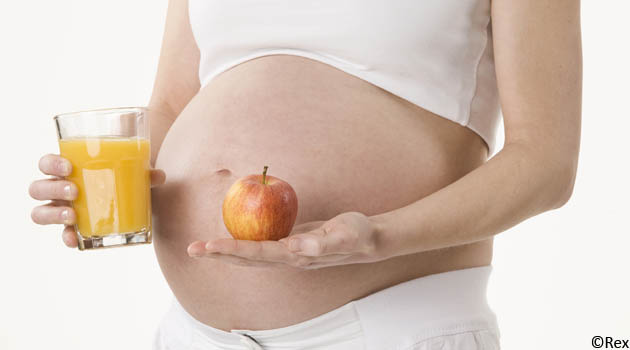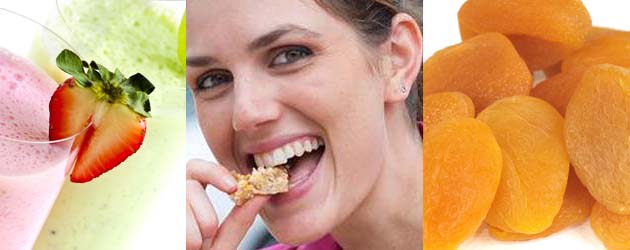Melon juice is one of the healthiest ways in which one can get rid of annoying health problems but one of the most overlooked. It is interesting to see how people seek for relieve from different symptoms that are often bothersome and yet not serious enough. We now want drugs for every little thing that seems to be going wrong and not often remember that a healthy juice such as the melon juice can help us overcome these health issues without having any negative impact on our bodies. Read on and find out how melon juice can help you when you experience loss of appetite, excessive sweat or dizziness.
Indian culture reveals one of its greatest remedies when it comes to symptoms of loose bowels, loss of appetite, excessive sweat, summer heat, and even kidney diseases. A healthy juice prepared according to the ancient recipes can even cure dizziness, vomiting and not to mention how beneficial this melon juice is against thirst. Moreover, a well prepared healthy juice may even help those suffering from renal stones, dropsy or spleen disorders. The secret lies of course in the properties of this wonderful fruit. Watermelons are cooling, extremely hydrating and full of substances that benefit very part of our bodies.
Such a beneficial healthy juice can be prepared from half of a watermelon, 3 spoons of palm sugar and a quarter of a lemon. All these ingredients are highly accessible and can be acquired at every supermarket or fruit market. The only thing one needs to do to make this healthy juice is to extract the juice of the watermelon in a blender, to add the palm sugar and few drops of the lemon juice.
The melon juice is not only beneficial from a medical point of view, but it is also extremely cooling and refreshing. Melon juice could be the answer to many problems that individuals may develop over time. Unlike medical treatments, this healthy juice poses no threat or risks of side effects as it is completely natural and free of any harmful chemicals. Some even suggest that watermelon is an extremely efficient remedy against male problems such as erectile dysfunction. Some studies have shown that a particular ingredient in this fruit increases the levels of testosterone in men and improves that blood circulation, enabling them in the end to attain harder and longer lasting erections.
Thanks to the medical technology we can nowadays benefit from a wide range of treatments that may help us with our symptoms but which on the other hand may harm our bodies. Every drug comes with advantages and disadvantages, the so called adverse reactions. Unlike all these medications, melon juice is extremely helpful in many situations and does not bring any side effects or other damaging impact on our health.
Reference = healthyjuiceguide.com
Indian culture reveals one of its greatest remedies when it comes to symptoms of loose bowels, loss of appetite, excessive sweat, summer heat, and even kidney diseases. A healthy juice prepared according to the ancient recipes can even cure dizziness, vomiting and not to mention how beneficial this melon juice is against thirst. Moreover, a well prepared healthy juice may even help those suffering from renal stones, dropsy or spleen disorders. The secret lies of course in the properties of this wonderful fruit. Watermelons are cooling, extremely hydrating and full of substances that benefit very part of our bodies.
Such a beneficial healthy juice can be prepared from half of a watermelon, 3 spoons of palm sugar and a quarter of a lemon. All these ingredients are highly accessible and can be acquired at every supermarket or fruit market. The only thing one needs to do to make this healthy juice is to extract the juice of the watermelon in a blender, to add the palm sugar and few drops of the lemon juice.
The melon juice is not only beneficial from a medical point of view, but it is also extremely cooling and refreshing. Melon juice could be the answer to many problems that individuals may develop over time. Unlike medical treatments, this healthy juice poses no threat or risks of side effects as it is completely natural and free of any harmful chemicals. Some even suggest that watermelon is an extremely efficient remedy against male problems such as erectile dysfunction. Some studies have shown that a particular ingredient in this fruit increases the levels of testosterone in men and improves that blood circulation, enabling them in the end to attain harder and longer lasting erections.
Thanks to the medical technology we can nowadays benefit from a wide range of treatments that may help us with our symptoms but which on the other hand may harm our bodies. Every drug comes with advantages and disadvantages, the so called adverse reactions. Unlike all these medications, melon juice is extremely helpful in many situations and does not bring any side effects or other damaging impact on our health.
Reference = healthyjuiceguide.com






